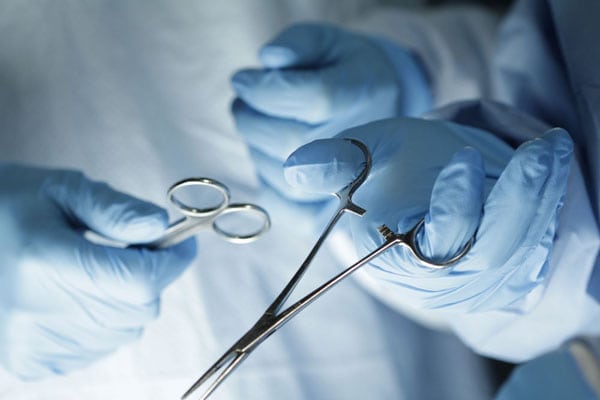
For those who suffer from varicose veins, painful vein stripping surgeries have largely given way to endovenous ablation, an advanced treatment that uses heat energy rather than a surgeon’s scalpel. During treatment, a physician carefully applies heat energy to damage the vein tissue. Scar tissue forms and closes off the vein, causing it to be unable to swell. That means unsightly blue lumps and the often accompanying pain disappear. No surgical incision is necessary – Just a small nick in the skin that heals without stitching.
But as with all developing technologies, there are risks and benefits to be weighed:
Risks of Endovenous Ablation
- Though very rare in endovenous ablation, any procedure that involves penetration of the skin – even a small nick – carries a risk of infection;
- Placement of the catheter inside a blood vessel can cause damage to the blood vessel, bruising or bleeding at the puncture site;
- On rare occasions, patients experience thermal (heat) damage to nerves. These instances are very temporary and heal quickly;
- A common risk is an inflammation of the vein called thrombophlebitis, which involves pain and redness over the treated area but is easily treated with nonsteroidial anti-inflammatory drugs (NSAIDs);
- In rare instances, blood clots can form inside the veins, known as deep vein thrombosis (DVT.)
Benefits of Endovenous Ablation
- No invasive surgery necessary – a major deciding factor for most patients;
- Fewer complications, less pain and quicker recovery times than with previous vein stripping treatments;
- Virtually no scarring;
- Little or no downtime allows patients to return to their normal daytime activities immediately with minimal or no pain.
If you have spider or varicose veins, a vein specialist can you determine the best treatment regime for your unique case and lifestyle. Call 904-402-VEIN (8346) or complete our online email form to schedule a consultation with Jacksonville’s St. Johns Vein Center today.



